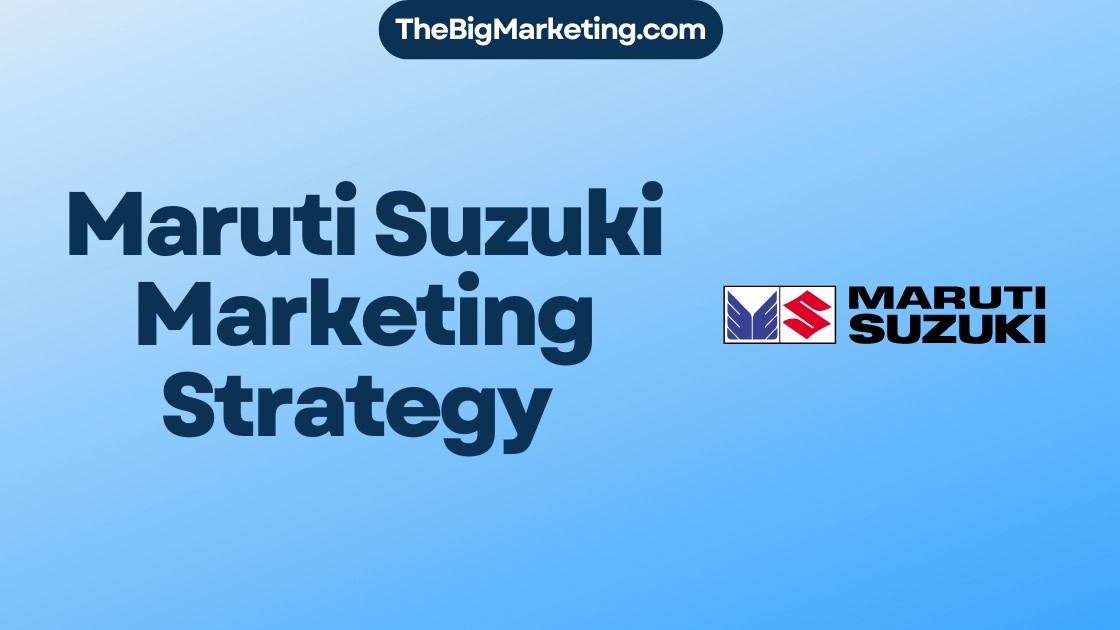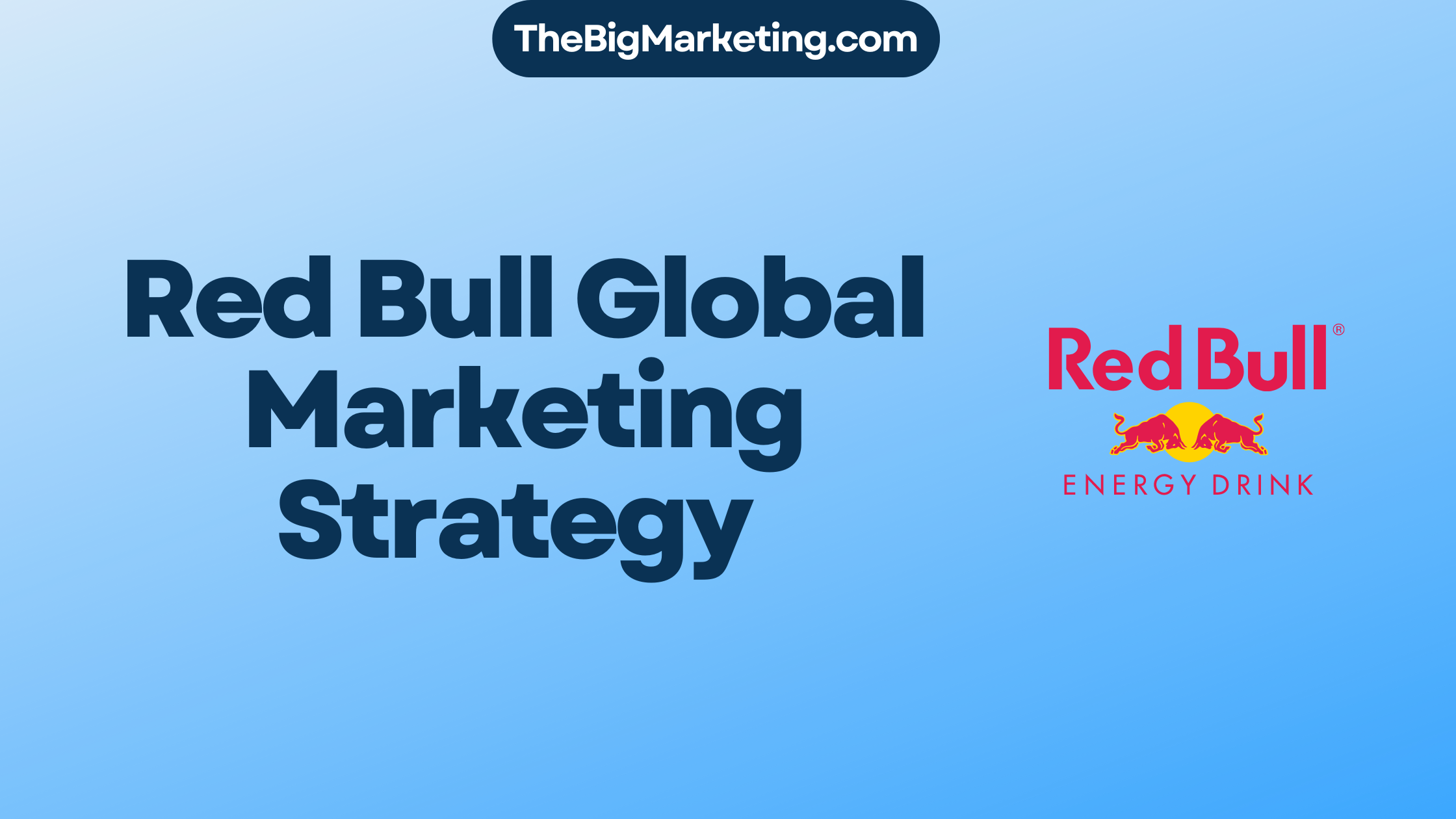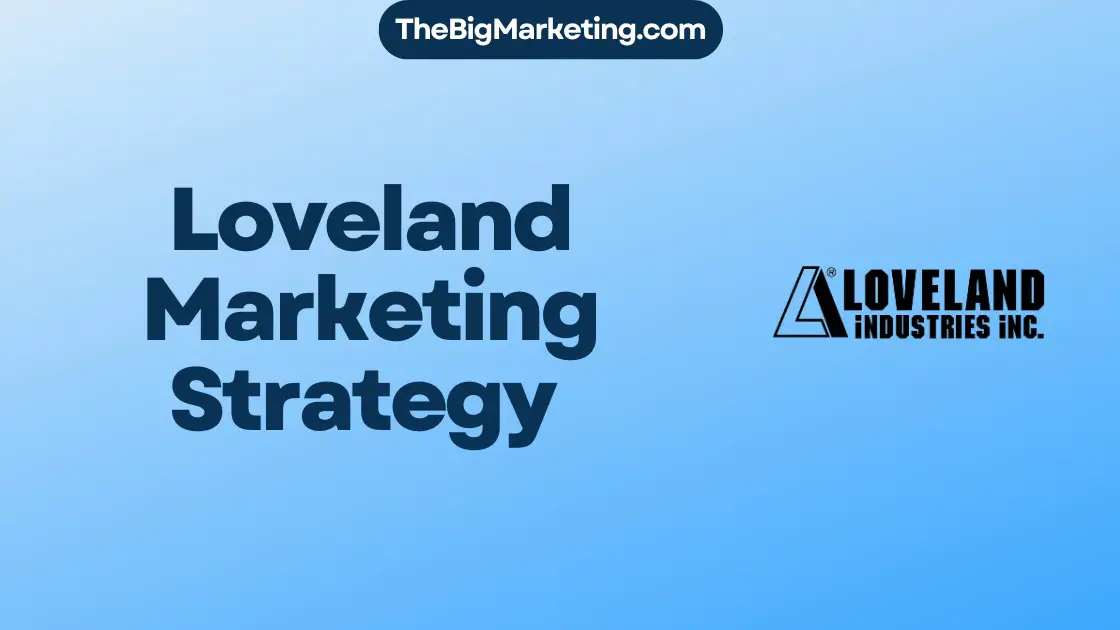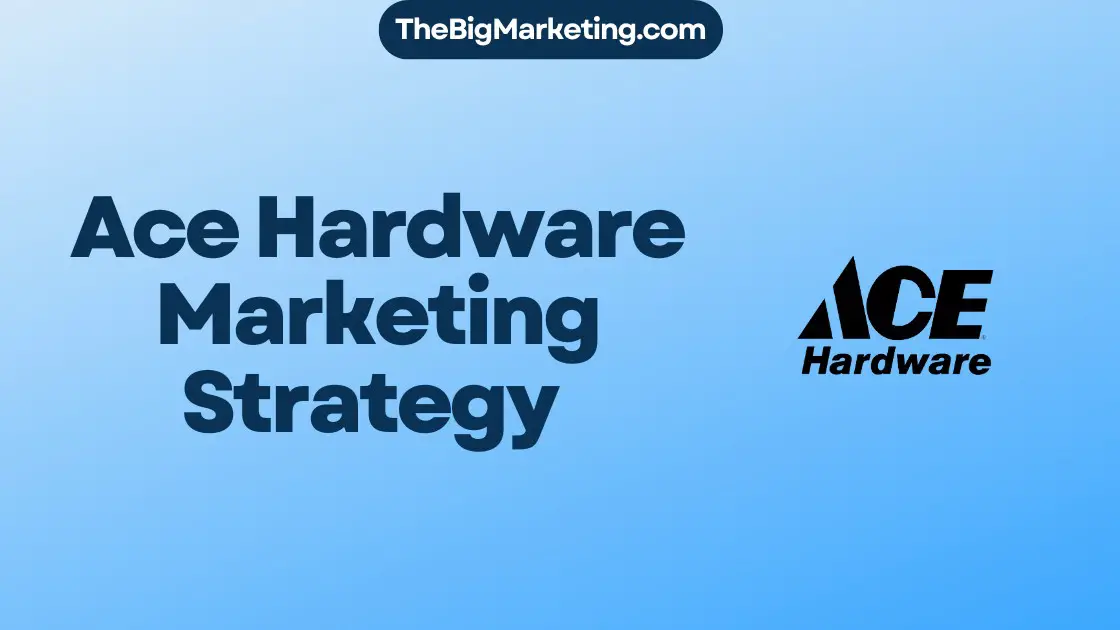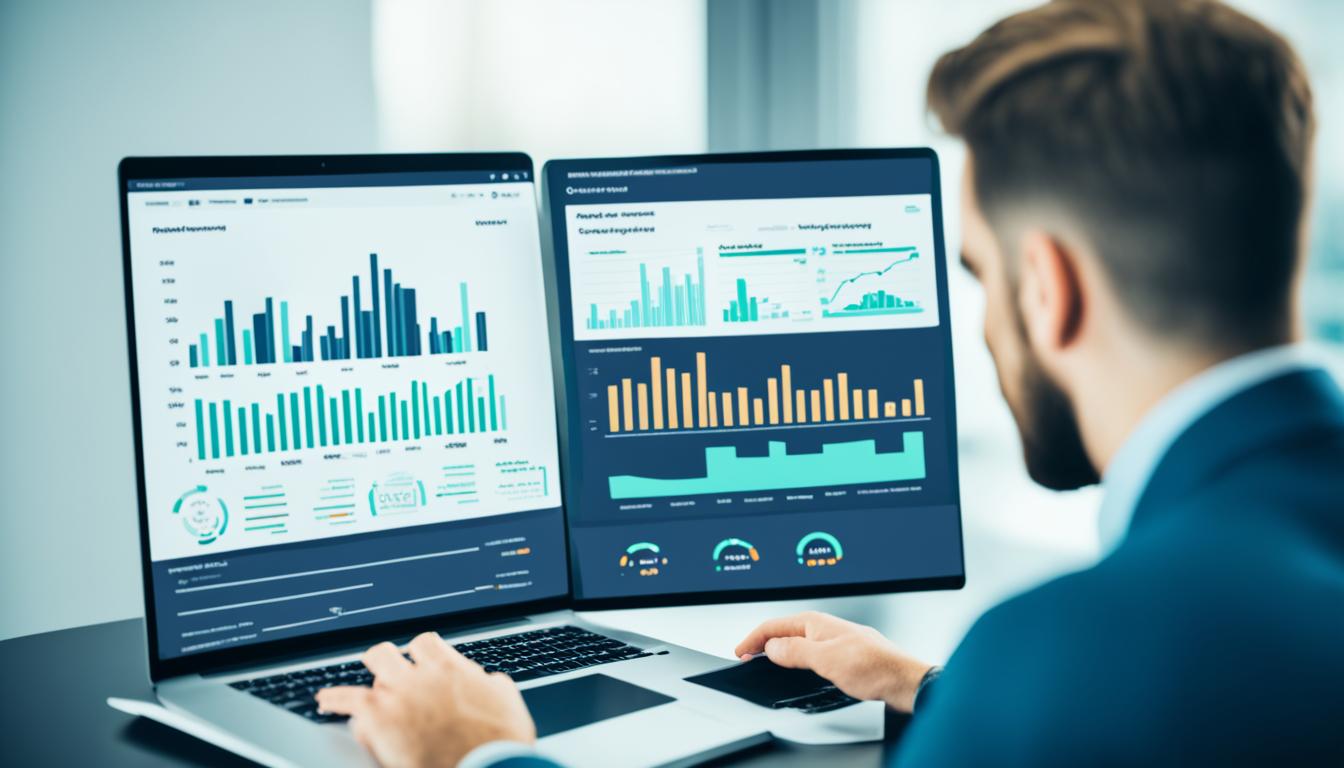A marketing funnel is key in digital marketing strategies. It’s a strategy that shows the journey a buyer takes. This helps marketing and sales teams find important moments to connect better. In this article, we talk about the basics of a digital marketing funnel. We also explain why it’s important, how to make a strong funnel, and give real-world examples.
The digital funnel has six parts: exposure, discovery, consideration, conversion, customer relationship, and retention. Each part helps guide people towards buying something. While the old funnel had four parts – Awareness, Interest, Desire, and Action, companies now add Loyalty and Advocacy. This boosts customer happiness and keeps them coming back.
Making a funnel that fits your audience and goals is important. It doesn’t matter if you sell to businesses or consumers; a good funnel helps with sorting leads and improving marketing. There are different kinds of funnels too. For example, click funnels help make buying easier, and content marketing funnels provide specific content at each step.
Using a digital marketing funnel helps businesses make their marketing better. They can give people the right content and find good leads. By knowing how customers move, businesses can guide them at each step. This helps customers make choices and meets marketing goals.
We’ve talked about the funnel’s importance in digital marketing. Now, let’s see how to create a funnel that gets results and improves sales.
Key Takeaways:
- A marketing funnel is a strategic model that maps out the entire buying journey, helping businesses identify key touchpoints for effective engagement.
- The digital marketing funnel consists of six stages, including exposure, discovery, consideration, conversion, customer relationship, and retention.
- Tailoring the funnel to specific audiences and goals is crucial for segmentation, lead generation, and marketing efficiency.
- Implementing a digital marketing funnel allows businesses to optimize marketing actions, deliver relevant content, and generate qualified leads.
- The funnel serves as a roadmap for delivering accurate content at each stage, guiding customers towards making informed decisions and achieving marketing objectives.
What Is a Digital Marketing Funnel?
A digital marketing funnel shows the journey a user takes before buying online. It has five stages: awareness, discovery, consideration, conversion, and retention. This framework guides businesses in getting the right leads, caring for customers, and boosting sales. Each part of the funnel leads users closer to a purchase.
- Awareness: At this stage, a person first learns about your business or site. They might find you through social media, online ads, or friends.
- Discovery: Now, visitors dig deeper into what you provide. They might look at your website, check out products or services, or read reviews from others.
- Consideration: When visitors read more of your content and subscribe to emails, they’re thinking about buying. They see your offerings as possible answers to their needs.
- Conversion: This is when visitors decide to buy. Great prices, appealing deals, and an easy checkout help make this happen.
- Retention: Once visitors become buyers, the goal is to keep them happy and loyal. This means offering top-notch customer support, special deals, and keeping in touch for future sales.
A digital marketing funnel lets businesses refine each part of a customer’s path. By knowing how customers move and aiming marketing at certain points, you can lead them smoothly to buy. This helps turn more visitors into buyers and increases sales.
| Stage | Description |
|---|---|
| Awareness | A person becomes aware of your business or website through various channels. |
| Discovery | Visitors learn more about your company and what you offer. |
| Consideration | Visitors spend more time consuming your content and show interest in your offerings. |
| Conversion | Visitors become customers by making a purchase. |
| Retention | Ensuring customer satisfaction and encouraging loyalty to retain customers. |
The Importance of a Digital Marketing Funnel
A digital marketing funnel is key in any online marketing plan. It helps businesses target their marketing better, get the right content and ads out, and bring in top-notch leads. Understanding the customer journey allows businesses to smoothly guide customers through the buying process. This leads to more sales and achieving marketing goals.
This funnel lets marketers create content that fits each moment perfectly, avoiding wasted efforts. By matching marketing to each funnel stage, businesses send messages that hit the mark. This boosts the odds of grabbing attention and pushing towards a sale.
Moreover, the funnel helps businesses reach the perfect audience. They can slice their market into segments and get to know customer likes and actions. This way, content is more tailored and relevant for each funnel stage. A personalized touch not only betters the customer experience but also saves resources and boosts efficiency.
Generating leads is a crucial part of the digital marketing funnel. By using lead-gen methods smartly at every funnel stage, businesses can draw in and hold onto qualified leads. This nurtures them until they’re ready to buy, boosting the chances of turning them into customers.
In conclusion, a digital marketing funnel is incredibly important for online marketing strategies. It lets businesses fine-tune their marketing efforts, aim their content and ads precisely, draw in great leads, and make their marketing better overall.
How to Create a Powerful Digital Marketing Funnel
Making a strong digital marketing funnel is key for businesses that want to boost conversions and meet marketing targets. They should use a planned method and include focused content to improve their funnels. This makes the conversion process better.
First, it’s key for companies to have clear marketing goals. These goals are the base for creating conversion funnels that match certain aims. Whether it’s to raise brand awareness, get more leads, or increase sales, each aim needs a specific method.
After setting marketing goals, companies can build funnels that meet each step of the customer journey. These steps typically are:
- Attraction stage: Raising brand awareness and getting potential customers’ attention
- Consideration stage: Giving more info about the brand, products, or services to engage and inform visitors
- Conversion stage: Leading visitors to buy or take a wanted action
Segmenting customers is very important for making targeted content for each funnel stage. By knowing the target audience and dividing them into different groups, companies can give personalized experiences. This makes customers feel more connected.
Strategies for different stages:
At every funnel stage, companies can use different plans to attract and keep users:
- Paid advertising: Using ads focused on attracting potential customers
- Landing pages: Making landing pages with great offers to turn visitors into leads
- Email sequences: Using automated emails to keep leads engaged and lead them to buy
It’s essential to measure how well the funnels are doing to track success and make changes. By checking key metrics, companies can see what needs work. Then, they can adjust their funnels to get better conversion rates.
Example:
For example, an online store may start its funnel with targeted ads on social media to attract people. When someone visits their site, they see a landing page offering a discount for their email. Then, the business sends emails to turn these leads into buyers.
By building a strong digital marketing funnel and setting clear marketing goals, firms can effectively lead customers through the buying process. This helps businesses reach their desired results.
Digital Marketing Funnel Examples
Digital marketing funnels use different strategies for specific goals. Let’s see some examples:
eCommerce Funnel:
An eCommerce funnel aims to increase product sales with paid ads. It starts with raising product awareness through targeted advertising. Next, customers are engaged with great product descriptions, stunning visuals, and reviews.
The end goal is to encourage a purchase. This is done by making shopping easy and offering perks like discounts or free shipping. Online retailers use this funnel to boost sales and revenue.
Course Creator Funnel:
Course creators use a sales funnel that starts with offering value, like free courses or ebooks, for email addresses. With these emails, they send educational content and build trust. They also explain how their paid course solves problems.
This method establishes credibility. It gradually persuades leads towards making a purchase, increasing sale chances.
Instagram Coupon-Based Funnel:
This funnel uses coupon-based Instagram ads for sales. It attracts shoppers with special deals, creating a buy-now urgency with limited-time coupons. Instagram’s visuals help get quick sales and more customers.
These examples show how tailored strategies and content lead to success. Understanding the customer journey is crucial for conversions and reaching marketing goals.
To succeed, align your digital marketing funnel with your business aims and audience. This approach is key for boosting conversions and revenue.
Key Learnings
Using a digital marketing funnel helps us understand customer paths and make specialized content for each funnel stage. By knowing the customer journey, companies can nudge customers towards buying. We’ll look at key takeaways from using a digital marketing funnel. This includes mapping the journey, making content for each phase, and measuring outcomes to improve.
Mapping the Customer Journey
Mapping the customer journey is vital. By doing this, businesses see how people interact with their brand from start to finish. It helps target customers better and makes sure the content meets their needs.
Creating Targeted Content
It’s important to make content for each funnel stage. For the awareness stage, use blog posts, social media, and visuals to spark interest. Informative guides and testimonials work well in the consideration stage to build trust. At the conversion stage, use strong calls-to-action and reviews to persuade people to buy.
Measuring Results for Optimization
Tracking the funnel’s performance helps in improving and making better decisions. By analyzing key metrics, like click-through and conversion rates, companies know what to change. This data helps fine-tune strategies, alter content, and enhance the funnel for better outcomes and ROI.
The insights from deploying a digital marketing funnel are valuable. They highlight the essence of knowing customer paths, crafting specific content, and analyzing outcomes for betterment. With these insights, businesses can get better at segmenting, attracting more qualified leads, and increasing conversions in their digital marketing efforts.
| Key Learnings | Benefits |
|---|---|
| Mapping the Customer Journey | Enhanced understanding of customer interactions and behaviors |
| Creating Targeted Content | Improved engagement and conversion rates |
| Measuring Results for Optimization | Data-driven decision-making and continuous improvement |
Conclusion
The digital marketing funnel is key to better marketing and more sales. By knowing the funnel stages, businesses can make better ads. They can also find and keep more qualified leads. This helps them be more efficient. By following this plan, businesses can give the right content at each step, making customers happy and leading them to buy.
Optimizing the funnel is very important. By looking at data and results, businesses can see what needs work. They can then make changes to work better. This helps make sure the funnel leads people to buy and reach business goals.
Getting leads is a big goal of the digital marketing funnel. Attracting and keeping potential customers at every stage helps build relationships and make sales. With a good lead generation funnel, businesses can grab and keep leads. This makes it more likely to turn them into loyal customers.
In the end, the digital marketing funnel is a strong tool for businesses online. By focusing on making the funnel better, getting leads, and making targeted content, businesses can use the funnel’s full power. Adding this plan to digital marketing strategies helps guide customers, get qualified leads, and meet marketing goals.
